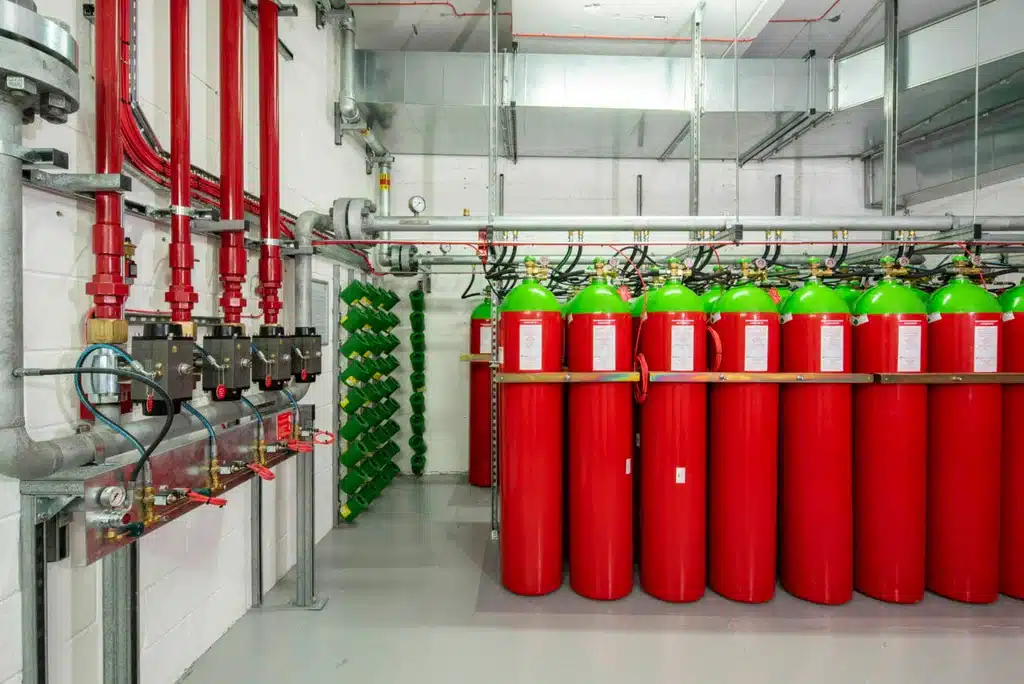A Fire Suppression System can smooth the difference between damage and total decimation. A fire can ruin a person’s life, a house, or even a business in a matter of seconds. The alarm gives an alert, but it is truly the fire suppression system that does something about it. These systems are essential in preventing the destruction or damage of fires from escalating to a catastrophe.
It is necessary to know the operation, components, and benefits of automatic fire suppression systems, be it used in construction, commercial real estate, or any industrial operation. This excellent system does not just meet safety codes; it protects lives and property as well. So this article will give a perspective on how this system works and why it really matters.
PROTECT YOUR PROPERTY BEFORE THE FLAMES IGNITE, SO INVEST IN FIRE SUPPRESSION NOW!
What Is a Fire Suppression System?
A fire suppression system forms a collective of engineering components, and sets fire to a semi-subsequent. Unlike traditional sprinklers, which only use water, the suppression system can use gas, foam, or chemical agents, where the fire should be extinguished.
Key Components of a Fire Suppression System
A complete fire suppression system generally consists of the following:
Fire Detection Unit
Sensors such as smoke, heat, or flame detectors serve as the first line of defense. They detect signs of fire early and trigger the system to respond.
Control Panel
This is the brain of the system. Once a detector sends a signal, the control panel activates alarms, suppression releases, and sometimes notifies emergency services.
Suppression Agent Storage
Depending on the system, this could be a tank of clean agent gas, dry chemicals, water mist, or foam. The agent is stored under pressure and ready to deploy instantly.
Piping and Nozzles
These components deliver the extinguishing agent to the fire’s source. The nozzles are strategically installed in high-risk areas and vary based on the agent used.
Manual Activation
Besides automatic activation, systems often include a manual release switch in case someone detects a fire before sensors do.
How Fire Suppression Systems Work?
The system takes the following steps:
- Detection: The detectors can detect smoke, heat, or flames.
- Activation: The control panel receives the signal and triggers alarms and agent discharge.
- Suppression: The extinguishing agent is released via nozzles, targeting the fire directly.
- Alert: Many systems simultaneously send signals to a monitoring center or the local fire department.
- Shutoff: After discharge, the system resets or shuts off based on configuration and manual input.
Types of Fire Suppression Systems
1. Clean Agent Systems
They contain agents in gases such as FM-200 or Novec 1230, suitable for use in data centers, museums, and control rooms. Leave no chemical residue and ensure safety for an electronic device.
2. Dry Chemical Systems
Frequently used in industrial settings, dry chemical agents like ABC powder quickly interrupt the chemical reaction of fire.
3. Wet Chemical Systems
Mainly found in commercial kitchens, these use a liquid that reacts with grease fires to form a soapy blanket, smothering the flames.
4. Water Mist Systems
These create a fine water spray to cool the fire and reduce oxygen. They’re often used in areas where water damage must be minimized.
5. CO₂ Systems
Carbon dioxide displaces oxygen, effectively smothering the fire. They’re suitable for electrical rooms but can be hazardous to humans without proper precautions.
Benefits of Installing a Fire Suppression System
- Early Fire Control: It confines or prevents fires in their early development stage. Resultantly, the possibility of injuries and damages to property is reduced significantly.
- Minimizes Downtime: With a more extended fire-suppression duration, organizations have less opportunity to resume business following incidents.
- Reduces Water Damage: Especially with clean agents or mist systems, you avoid the extensive water damage caused by traditional sprinklers.
- Compliance and Insurance: Meeting fire code regulations can help avoid fines and may even reduce insurance premiums.
- Protection for Sensitive Equipment: Clean agents and CO₂ systems are designed to protect data servers, electrical cabinets, and other critical tech infrastructure.
Why It Matters: Fire Safety Isn’t Optional
Fire suppression is not just about compliance; it’s about lives. Whether you run a small warehouse or manage a multi-story building, investing in a reliable suppression system is a responsible and necessary choice. Neglecting it can lead to irreversible damage, legal issues, and, worst of all, loss of life.
A professional cost estimating firm and construction estimating services can guide you through the process, from assessing risk to installation and maintenance.
NEED HELP CHOOSING A SYSTEM? CONTACT OUR CONSTRUCTION ESTIMATING EXPERTS TODAY!
Final Thoughts!
Well, don’t wait for a disaster to highlight what’s missing. Fire suppression systems are an important portion of virtually every modern facility’s safety measures. A clear understanding of how they work and what makes them essential allows you to make the informed choices that practically protect people and property. Whether in a data center, kitchen, or manufacturing facility, the right system could spell the difference between saving lives, preventing loss, or maintaining continuity.

